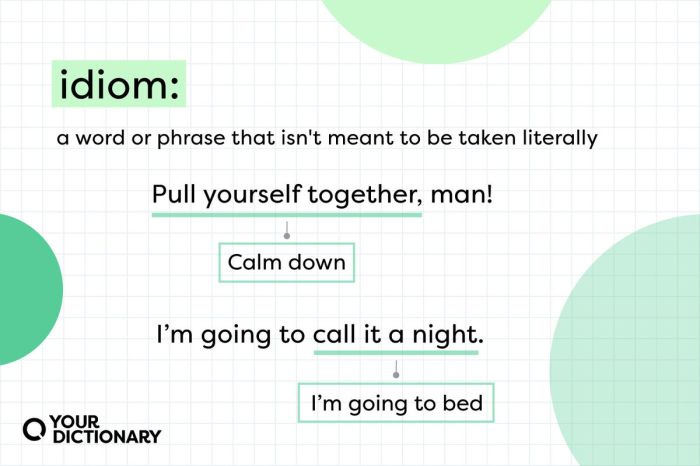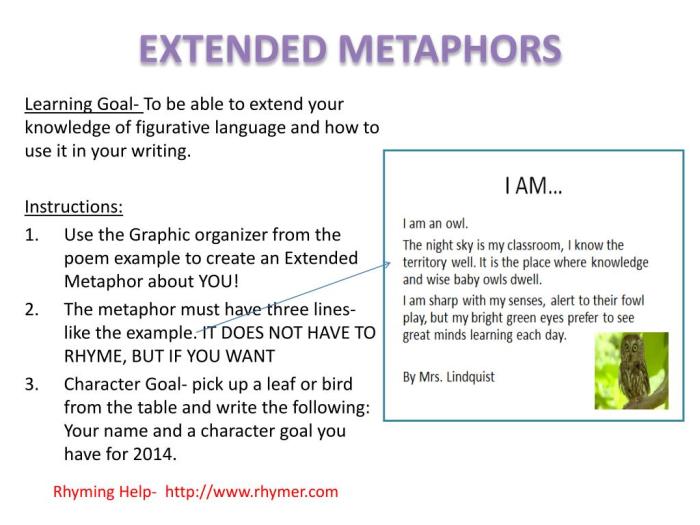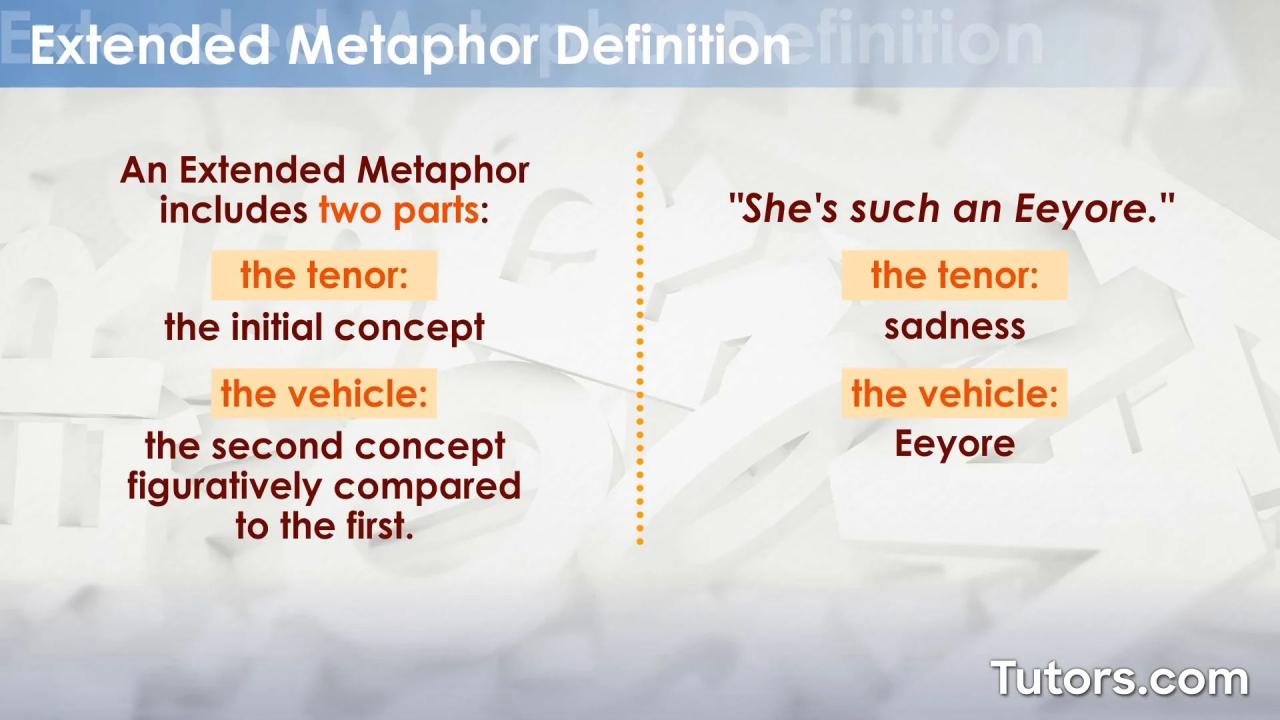Create your own extended definition for poetry automobile or exposition sets the stage for this enthralling narrative, offering readers a glimpse into a story that is rich in detail and brimming with originality from the outset.
This comprehensive guide delves into the intricacies of poetry, automobiles, and exposition, providing readers with a deeper understanding of each concept. Prepare to embark on a captivating journey as we explore the nuances of these diverse topics.
Poetry

Poetry is a literary genre that uses language in a creative and expressive way to evoke emotions, convey ideas, and share experiences. It is often characterized by its use of rhythm, rhyme, and imagery, and it can take many different forms, from sonnets and haikus to free verse and prose poetry.
Traditional Definition
Traditionally, poetry has been defined as a written form of art that uses words to create a sensory experience for the reader. Poetry often explores themes of love, loss, beauty, nature, and the human condition. It can be used to express personal emotions, tell stories, or make observations about the world.
Characteristics of Poetry
- Figurative language:Poetry often uses figurative language, such as metaphors, similes, and personification, to create vivid images and convey complex ideas.
- Rhythm and rhyme:Poetry can use rhythm and rhyme to create a musical effect. However, not all poetry uses these elements.
- Structure:Poetry can be written in a variety of forms, each with its own unique structure. Some common forms include sonnets, haikus, and free verse.
Forms and Styles of Poetry
- Lyric poetry:Lyric poetry expresses the personal thoughts and feelings of the poet.
- Narrative poetry:Narrative poetry tells a story.
- Dramatic poetry:Dramatic poetry is written in the form of a play.
Imagery and Symbolism in Poetry
Imagery and symbolism are two important elements of poetry. Imagery appeals to the senses, while symbolism uses objects or ideas to represent something else.
Emotional and Personal Aspects of Poetry
Poetry is often used to express personal emotions and experiences. It can be a way for poets to share their thoughts and feelings with others, and it can also be a way for readers to connect with their own emotions.
Automobile

An automobile, also known as a car, is a wheeled vehicle that is powered by an engine and is used for transporting people or goods. Automobiles are typically designed with four wheels, a steering wheel, and a combustion engine.
Traditional Definition
Traditionally, an automobile has been defined as a self-propelled vehicle that is designed for use on roads. Automobiles are typically used for personal transportation, but they can also be used for commercial purposes.
Components of an Automobile
- Engine:The engine is the power source of the automobile. It converts fuel into energy, which is then used to power the wheels.
- Transmission:The transmission transfers power from the engine to the wheels.
- Driveline:The driveline consists of the driveshaft, differential, and axles. It transmits power from the transmission to the wheels.
- Suspension:The suspension system helps to absorb shocks and vibrations from the road.
- Brakes:The brakes are used to slow down or stop the automobile.
Types of Automobiles
- Passenger cars:Passenger cars are designed to transport people.
- Commercial vehicles:Commercial vehicles are designed to transport goods.
- Special-purpose vehicles:Special-purpose vehicles are designed for specific tasks, such as fire fighting or construction.
History and Evolution of Automobiles
The first automobile was invented in the late 1800s. Since then, automobiles have undergone significant changes in design and technology. Today, automobiles are more fuel-efficient, safer, and more reliable than ever before.
Impact of Automobiles on Society and the Environment
Automobiles have had a major impact on society and the environment. They have made it easier for people to travel and transport goods, and they have helped to create jobs and economic growth. However, automobiles have also contributed to pollution and traffic congestion.
Exposition

Exposition is a type of writing that explains or informs the reader about a particular topic. It is often used in academic writing, journalism, and technical writing.
Traditional Definition
Traditionally, exposition has been defined as a type of writing that presents information in a clear and organized way. Expository writing is often used to explain complex concepts or to provide information about a particular topic.
Characteristics of Exposition
- Clarity:Exposition should be written in a clear and concise style.
- Organization:Exposition should be organized in a logical way, with a clear introduction, body, and conclusion.
- Evidence and support:Exposition should be supported by evidence and examples.
Types and Structures of Exposition, Create your own extended definition for poetry automobile or exposition
- Process exposition:Process exposition explains how to do something.
- Comparison exposition:Comparison exposition compares and contrasts two or more things.
- Cause-and-effect exposition:Cause-and-effect exposition explains the causes and effects of something.
Use of Evidence and Support in Exposition
Evidence and support are essential to exposition. Evidence can be used to support claims and to make arguments more convincing. Evidence can come from a variety of sources, such as research, interviews, and personal experience.
Role of Clarity and Organization in Exposition
Clarity and organization are essential to exposition. Clear writing makes it easy for the reader to understand the information being presented. Organization helps the reader to follow the flow of the argument and to find the information they need.
Frequently Asked Questions: Create Your Own Extended Definition For Poetry Automobile Or Exposition
What is the purpose of an extended definition?
An extended definition provides a detailed and comprehensive explanation of a concept, going beyond a simple dictionary definition to explore its various aspects, characteristics, and significance.
How do I choose the right examples to support my extended definition?
Select examples that are relevant, specific, and representative of the concept you are defining. They should illustrate the key points of your definition and provide evidence to support your claims.
What is the importance of organization in an extended definition?
A well-organized extended definition presents information in a logical and coherent manner. Use clear headings, transitions, and signposting to guide readers through your definition and ensure a smooth reading experience.
